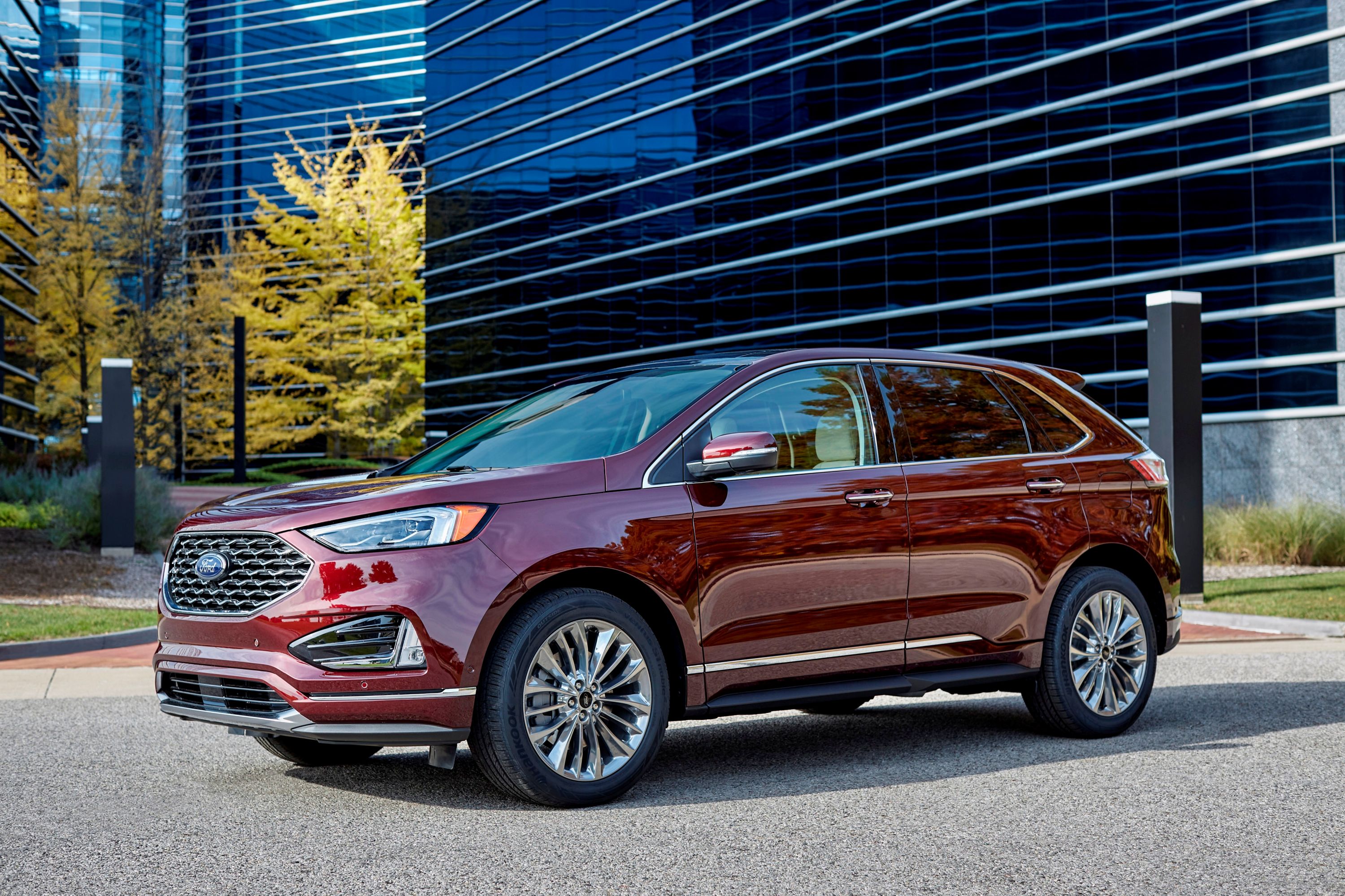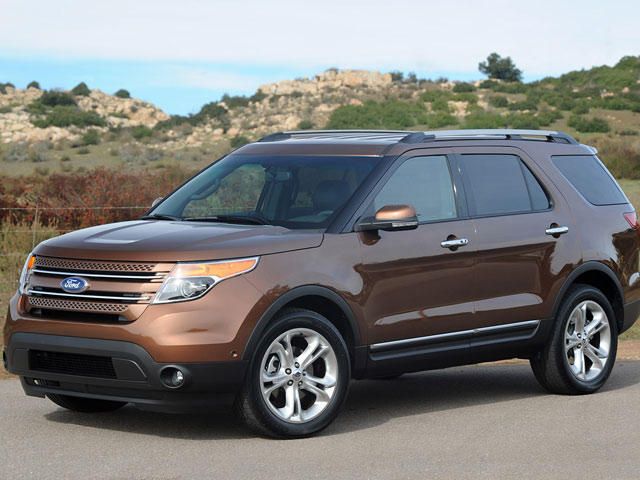
V6's have been losing popularity with U.S. drivers for quite some time now, with many Americans preferring the four-cylinder. According to IHS Automotive, 43 percent of U.S. light vehicles sold in the first part of this year have been equipped with four-cylinders. In 2005, the market was almost even, as V6s controlled 43 percent of the market. Rising fuel prices and the emergence of more powerful smaller engines have led to this changing trend.
Tougher governmental regulations concerning emissions and fuel economy combined with a stagnant economy and rising fuel prices allow smaller and more efficient engines to flourish in the ever-changing American market. Another example from 2005 was the popularity of the V8 engine. One in three vehicles back then sported a V8, and nowadays the powerful powerplant is only found in one in six. Consumers don't want to sacrifice power or performance. Ford has acknowledged this for their new EcoBoost engines which are coupled with six-speed transmissions.
Lincoln Powertrain integration manager Greg Johnson said of the new engines: "Ours are not a trade-off on the road. You have the torque for 0-to-60, passing, merging onto freeways." Smaller engines have been further boosted by advanced technologies. The costly technologies come in the form of turbocharging, variable valve timing and gasoline direct injection. The development of new technology for smaller engines will be the way of the future while gasoline prices continue to rise. Smaller engines with bigger performance will decide who stays and who goes in the American market.
Check out SUVs with the V6 engine.

